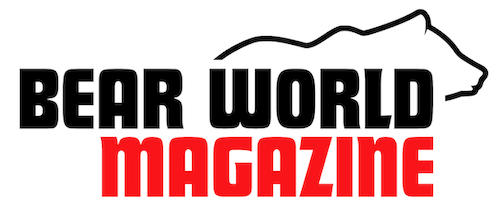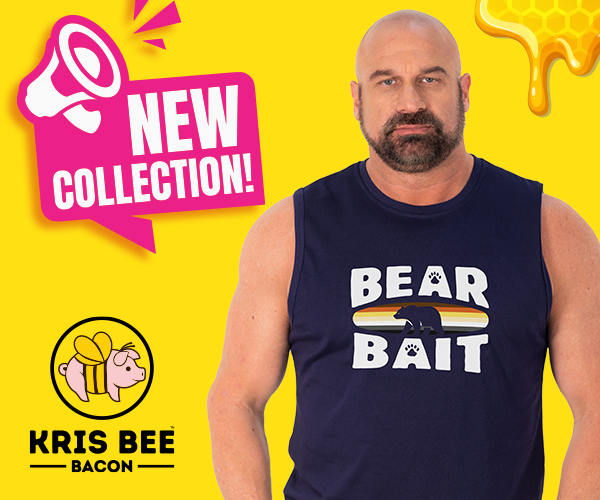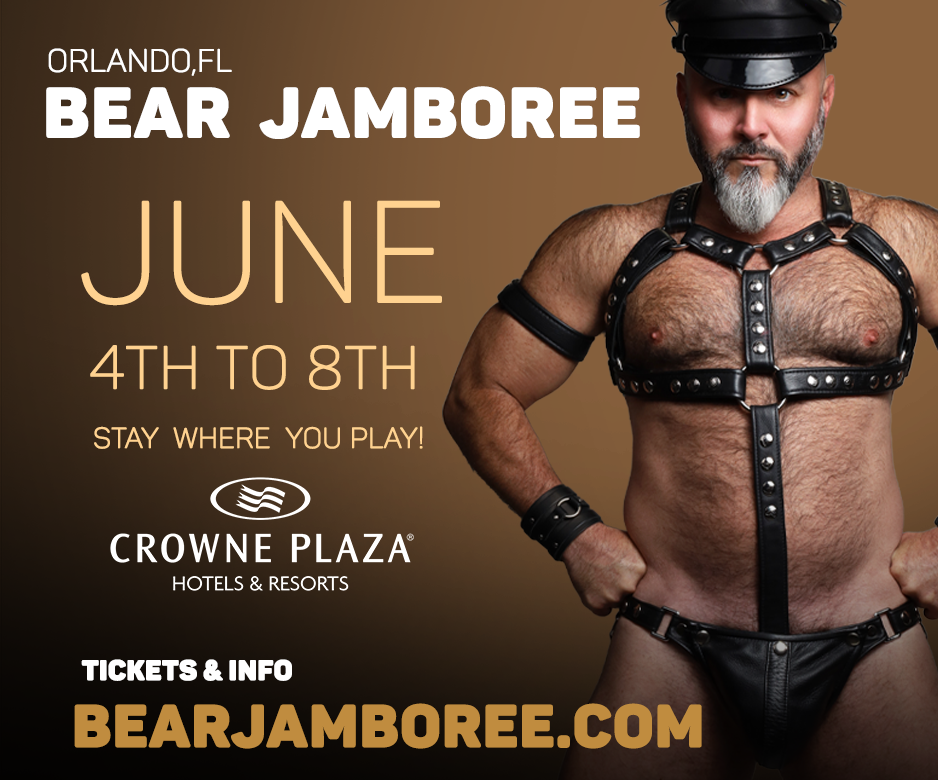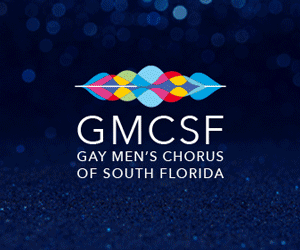
Bear Ink: A Splash Page of Comic Book Creators
Hey there, bear aficionados! Today, we’re diving headfirst into the universe where ink meets identity, and every panel tells a unique story of gay and bear comic creators. We’re not just flipping through pages or scanning illustrations; we’re delving deep into the hearts and minds of these artists, unpacking the intricacies of their craft and the stories they tell.
First up, let’s meet Krit, the genius behind Bearly Danny, a webcomic that delves into the complexities of queer life through a cast of lovable bear characters. But why bears, you ask? “Who doesn’t love to see more bears, am I right?” Krit chuckles. “I draw what I enjoy,” he explains, “And evidently I enjoy bears quite a bit!” But beyond the humor and drama lies a deeper purpose. Krit’s mission? To showcase how diverse queer culture can be, including the experiences of bears. Through his art, he celebrates love, joy, tears, and even a bit of “butt munching,” in all its glory. “My intention with this series is to show that the queer experience is more than just trauma,” Krit explains. Through his illustrations, he challenges stereotypes and highlights the rich diversity within the LGBTQIA+ community.
“Growing up in a conservative family taught me to keep things dwelling inside,” he shares. “Visual storytelling became my outlet, a medium where I could express myself freely.” In this way, self-expression became a healing tool for his own experiences while inviting readers to embark on an individual emotional journey.
Next, let’s turn our attention to Jean-Frederic KONE, the visionary creator of Santa Frances, Unlike some creators who specifically set out to explore bear narratives, Jean’s foray into the comic world was driven by a desire to craft a narrative populated by characters he personally found attractive. “I wanted to create a sexy comic about a group of gay men,” Jean reveals. “I wasn’t inspired to specifically bring bear narratives into the comic world, since I’m not a part of it, I don’t see the bear community as a separate entity from the rest of the gay male community.” With Santafrances, Jean blurs the lines between genres, creating a diverse cast of characters that reflects the LGBTQIA+ experience.
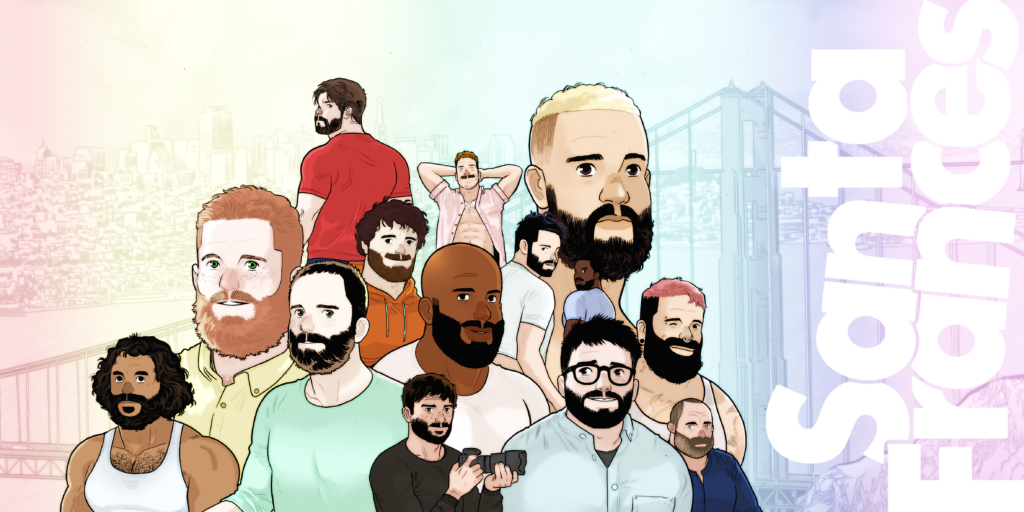
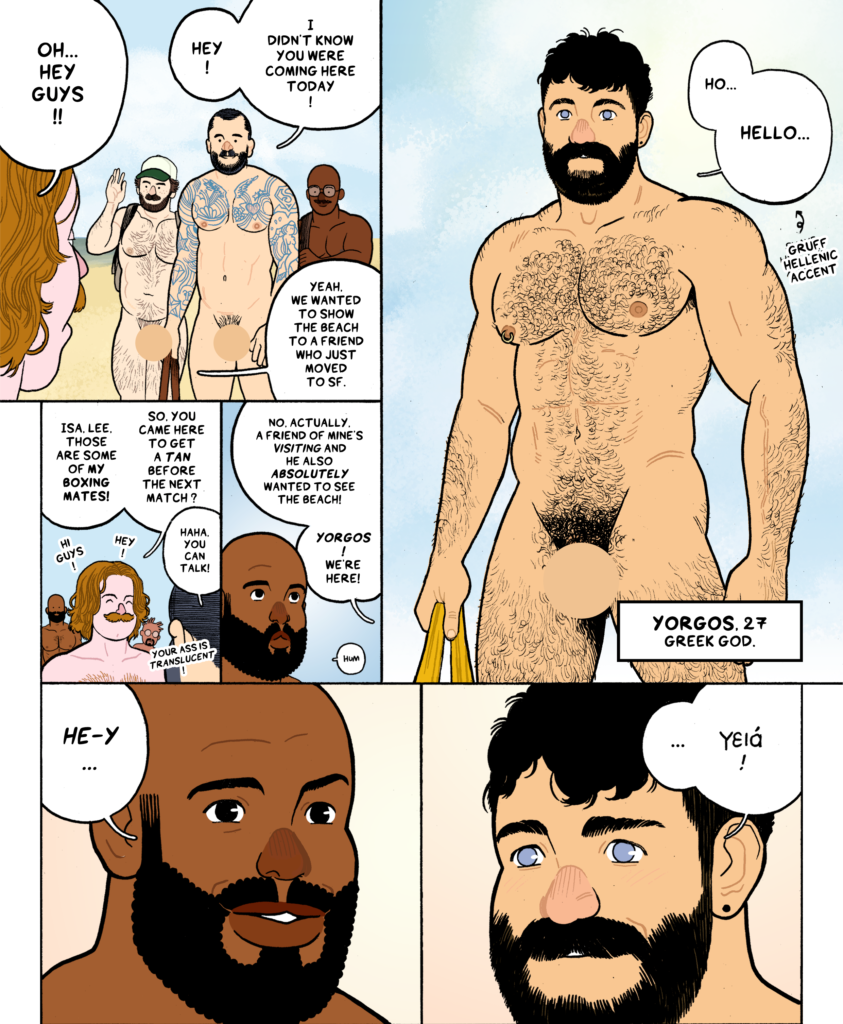
Reflecting on the evolution of his craft, Jean notes “I’ve been drawing forever.” During the quarantine, he felt emboldened to breathe life into ‘Santafrances,’ drawing inspiration from the vibrant queer artist community on social media.
And then there’s Steve MacIsaac, a creator who challenges the notion of being pigeonholed. “My purpose in life is not to be a bear cartoonist,” he asserts. Guided by a constant balance between depicting gay culture as a whole, not just fractions of it, and personal storytelling is how his creations serve as mirrors for his audience.
Steve’s path began later in life, with a pivotal moment of coming out at 26. “I regained interest in the idea of making comics,” “The work that I started out doing was both erotic work and then more literary content based on my erotic work.” His characters, whether hairy or not, represent the diverse spectrum of the gay male experience, without the confines of explicit labels. He acknowledges the importance of representation but cautions against making it the sole focus of artistic expression. A clear commitment to exploring multiple layers of gay culture while avoiding narrow representation.
But how does Steve navigate the delicate balance between personal storytelling and audience reception? “I’m an autobiographical cartoonist at times,” he reveals, “if something happens to me and relates to the content I want to explore, it goes into a comic.” Yet he acknowledges the challenges that come with the territory, especially when tackling sensitive subjects with sexual undertones.
Despite these challenges, Steve’s work has sparked an outpouring of positivity from his audience. “The response has been overwhelmingly positive,” he admits. Readers often thank him for providing a source of comfort and solace during challenging times. For Steve, these moments of connection are immensely gratifying.
Such is the case for Krit who shares having been met with resounding approval from his audience. “Very well, I would say. I think the majority of the popular characters in my comic are bears.” One heartwarming anecdote highlights the impact of his work: “There was one case at the beginning of the series where two guys started dating because they were both avid readers of the series and got to talking because of it.”
“And I am genuinely amazed every time a group of friends from around the world know of my series.” It’s the widespread reach of his work that provides a platform for shared experiences. Krit also finds delicate territory in the personal storytelling “It’s something I’m still learning to balance for sure.” His commitment to maintaining his artistic vision while considering audience feedback underscores the evolving nature of his craft. Despite external pressures, Krit remains dedicated to his original vision, asserting, “No one can mess with my original plan but myself.”
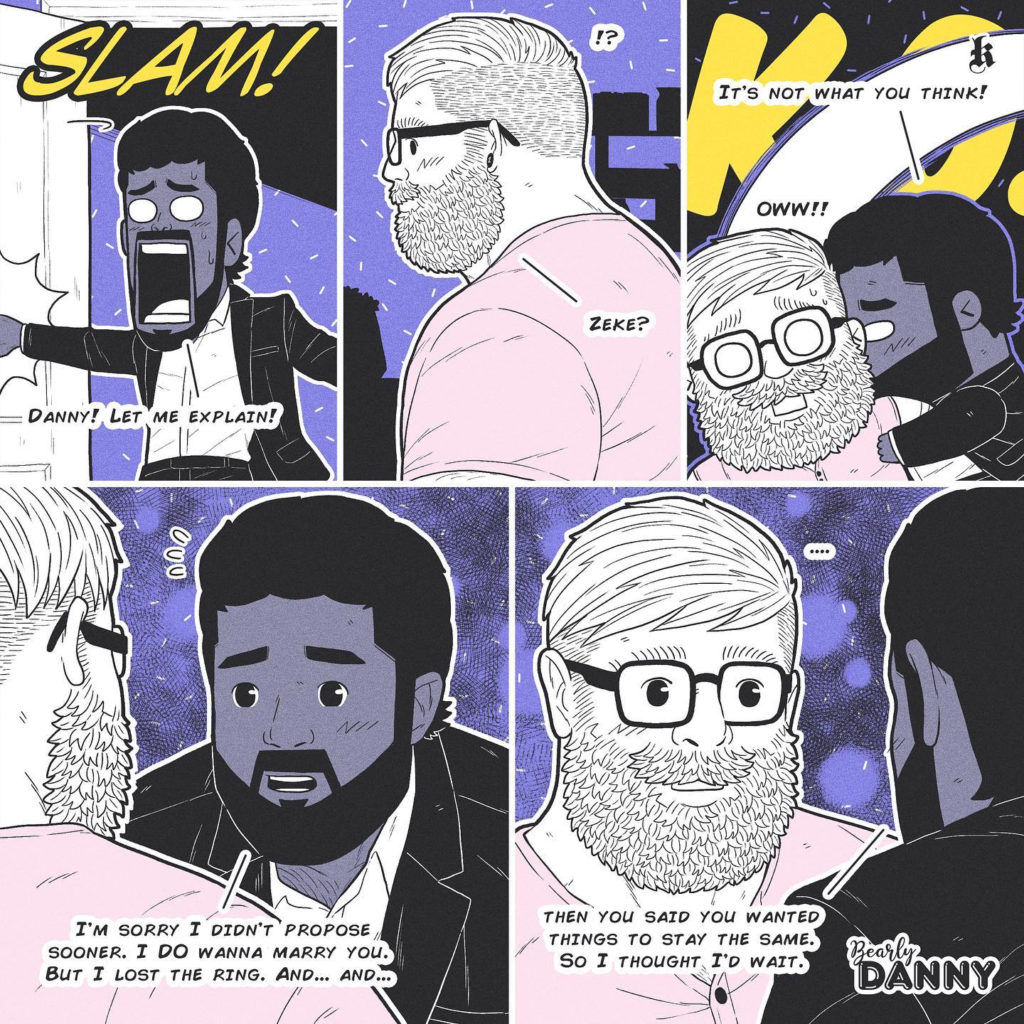
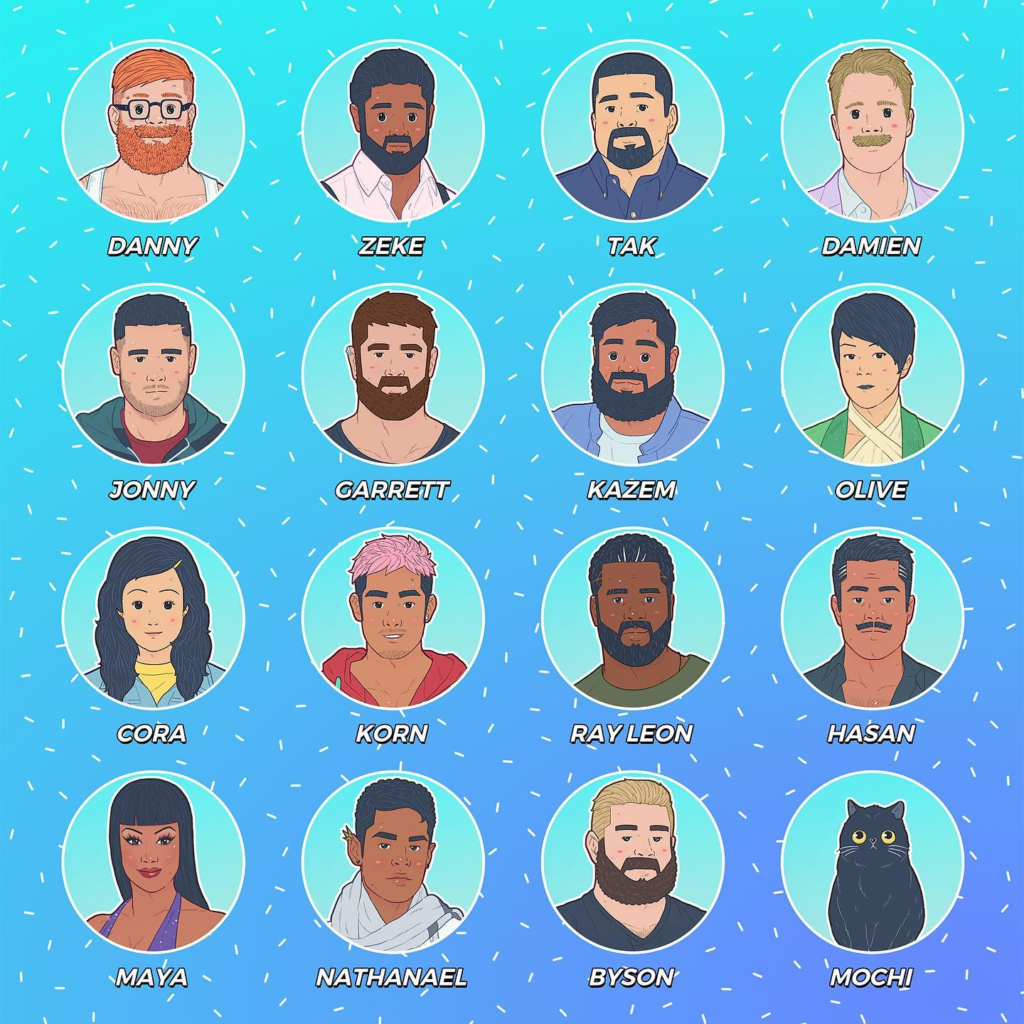
While Krit draws inspiration from his own experiences, he maintains a level of detachment, allowing his work to resonate with readers on their own terms. He explains, “I like my work to speak for itself instead of attaching my world to it directly.” This approach allows readers to connect with his characters and narratives authentically, without feeling the need to delve into the artist’s personal history. “While there may be elements drawn from my personal life, my goal is to let people connect with these characters on their own terms,” he explains.
From Jean’s perspective:
“The strongest link between my art and my personal journey is that I do put a lot of personal anecdotes in my stories,” he shares, infusing his narratives with relatability.
“The more personal you can get, the more the content of your stories is going to feel relatable.” Through “Santafrances,” Jean seeks to amplify voices that are often marginalized within the LGBTQIA+ community making his work more authentic and deep.
While acknowledging occasional recognition in gay spaces, he assures that his personal life remains largely unaffected. However, “There’s a plot-line entirely based on one of my past relationships,”. He even casually mentioned selling books to a few hook-ups.
Steve says he’s fascinated with relationships and human dynamics… how people communicate, or fail to communicate, body language, and interpersonal interactions; these are some of the many ways he explores the intricacies of love, friendship, and familial bonds; as he expresses so well when saying: “Relationships, the way people communicate with each other is probably my lifelong obsession.” This theme permeates his work. While bear culture serves as a backdrop for some creators, Steven transcends labels to focus on universal human experiences. “I’m mostly interested in showing how gay people are just another kind of human.”
While Steve strives for representation within his own work, he recognizes the limitations of individual perspectives. His characters reflect authenticity and inclusivity very evidently in his storytelling.
Although Jean’s art does not focus on bear-centric themes, the creator explores moving and reflective narratives that touch readers deeply. “I received an email from a reader relating to and praising the depiction of one of the main characters as HIV-positive because I made his status only a small part of his story. I also got messages about the depiction of toxic relationships, racism in the community, etc. Interestingly, those are the aspects of the story that people want to tell me the most about.” His stories go beyond celebratory tropes.
In a genre that is often characterized by romantic portrayals and escapism, Jean’s desire to confront uncomfortable truths is both admirable and necessary. “I don’t treat my “bear” characters any differently than how I treat the other ones, and their bear identities aren’t what I focus on when I write their stories.” By exploring the intricate nature of gay life, including its struggles and trials, he is challenging the status quo of gay webcomics. As he accurately observes, “the majority of gay webcomics tend to avoid exploring non-celebratory aspects of gay life.”
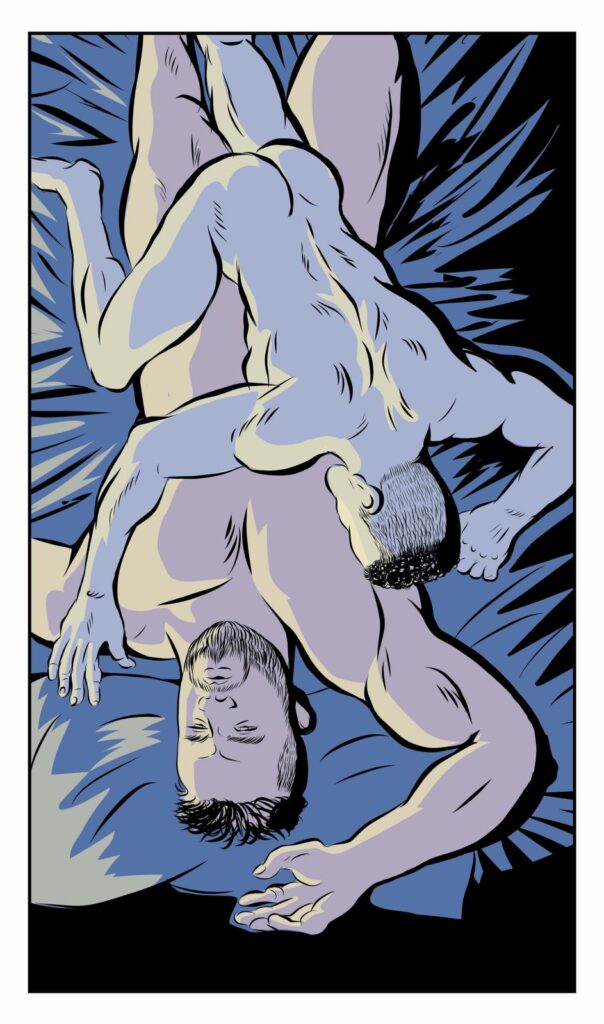
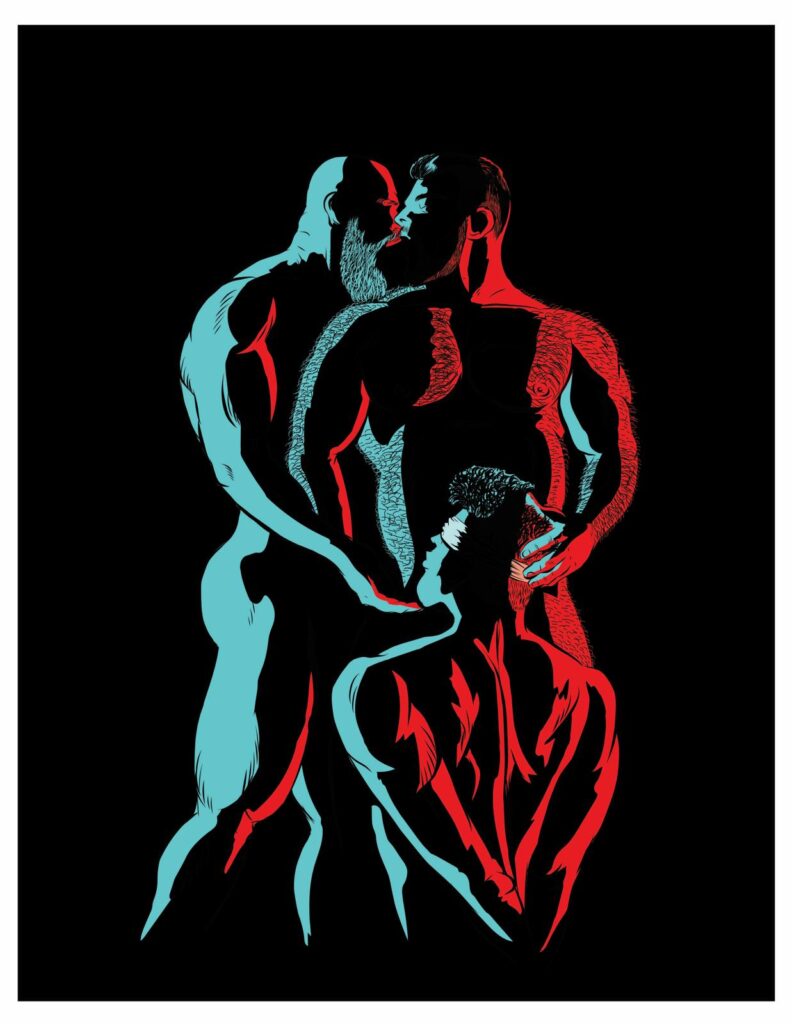
Krit prefers to hear what the audience has to say, he highlights the impact of reader feedback. “I do listen to my audience,” he concedes, citing the transformation of a minor character into a fan favorite as a testament to their influence. Yet he remains true to his original vision, steering the plotline according to his own creative criteria.
Despite the challenges, Krit stands undeterred by his mission to portray bear identities authentically. “The bear characters are so well-loved by my readers,” he muses, “that it can get a bit difficult to tell the stories of other characters.” Yet he embraces the diversity within his audience, ensuring that every character receives their moment in the spotlight.
We’re living in a world hungry for diverse voices and representation. In this way, bear narratives offer a refreshing perspective. For Steve, the evolution of bear identities in comics reflects a broader trend toward diversity and inclusivity. “Diversity happens through the stories that we choose to tell, it should be a finish line but not a starting point” Steven emphasizes. “It’s not about quotas; it’s about serving the story’s needs and reflecting the world.” According to Jean, “There is a clear shift with bear representations in the online media in a positive way,” Jean observes. “Many of us comic book readers are also obsessed with bear identities in a great way.”
This shift marks a departure from traditional stereotypes. “I can only hope that the mainstream media will catch up one day,” Steve remarks optimistically. I know we here at Bear World would love to see more gay bears as action heroes!
For aspiring bear comic creators, Steve offers invaluable advice rooted in his own journey. “Do it for yourself,” he urges, highlighting the importance of passion and authenticity in storytelling. “You’re not going to get rich doing this. You gotta do it because you’re loving it.” Steve encourages creators to craft narratives by honing artistic skills and embracing intentional storytelling. He makes central to his philosophy the idea of continual growth and learning. “Study the greats, study good illustrators, study good writers,” he advises. “Try and aspire to be those things for other people.” By prioritizing quality and authenticity, bear comic creators can make a lasting impact on readers and contribute to a vibrant and diverse comic landscape.
In essence, bear comics embody a commitment to excellence and authenticity. Steve succinctly says, “Don’t just put out something and say, ‘Well, it’s good enough for comics.’ Make it something you’re proud of.”
For aspiring bear comic creators eager to share their narratives, Jean reccomends “Start doing it and put it out there,” “You have to put the pen on paper so to speak, and then show it to people.” This emphasis on taking action and sharing one’s work echoes with Jean’s artistic spirit. “You will never reach that point of satisfaction because the bar is endless, you can still improve your skills while you build your audience.”
Crucially, Jean encourages creators to prioritize passion and individuality over competition. “Do what you love at your own pace,” Jean emphasizes. “It is not a competition.” This message of self-expression and authenticity underscores the essence of bear comics as a platform for diverse voices and unique perspectives.
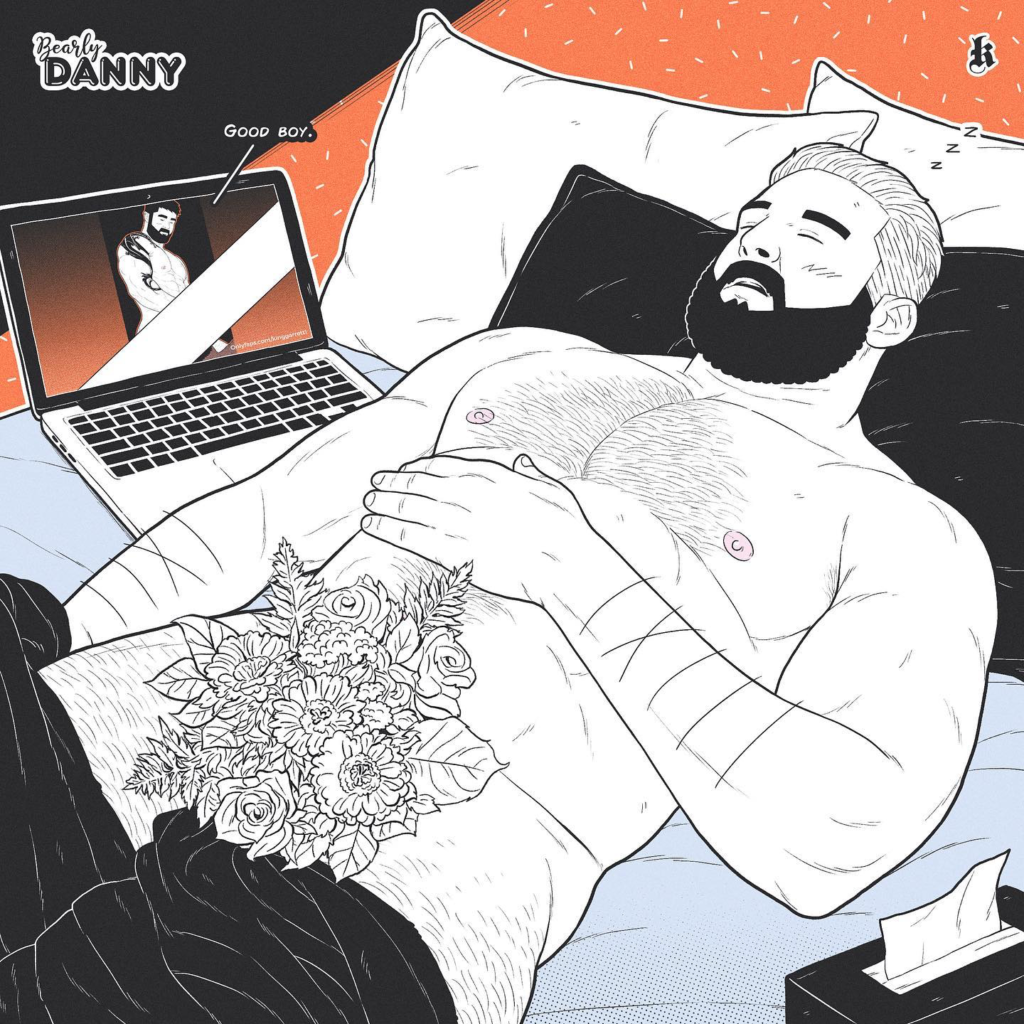

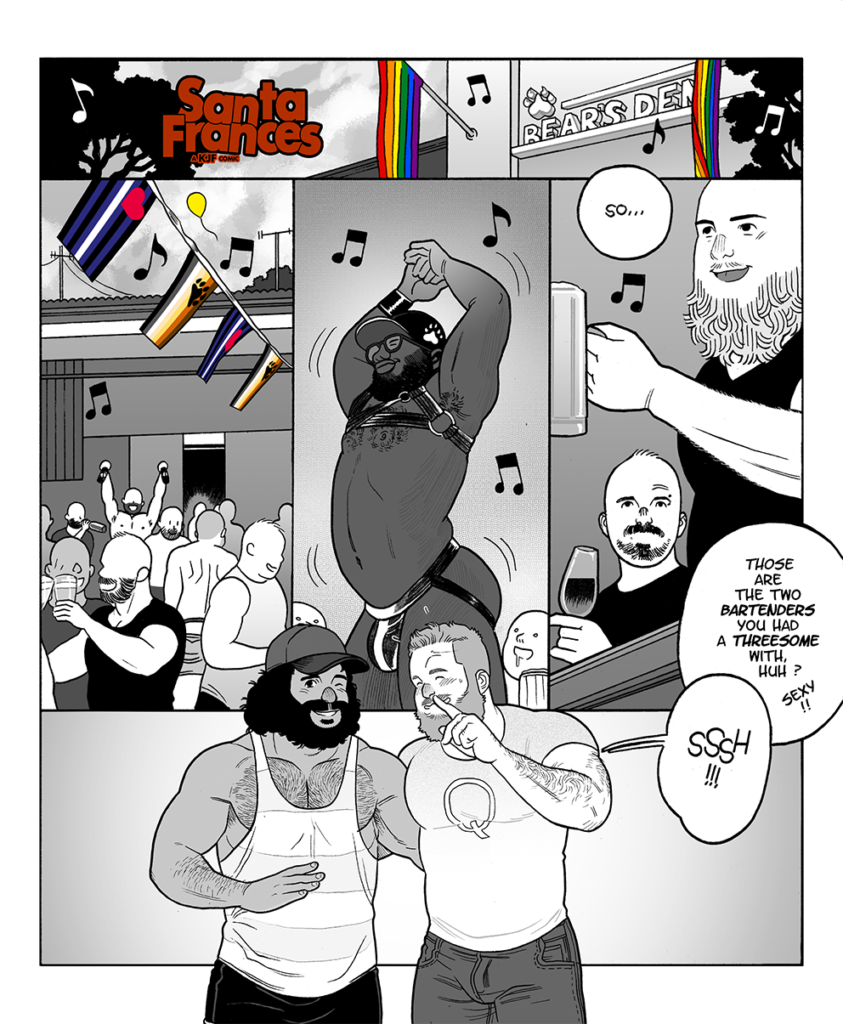
For More Information on the Comics/ Artists featured in this article:
Bearly Danny
Patreon: www.patreon.com/bearlydanny
Instagram: www.instagram.com/bearlydanny
Twitter: www.twitter.com/bearlydanny
Redbubble: www.redbubble.com/people/bearlydanny
Santa Frances
Patreon: https://www.patreon.com/santafrances
Instagram: https://www.instagram.com/santafrances.ca/
Twitter: https://twitter.com/SantaFrancesKJF
Comic: https://www.thekoneverse.com/santa-frances-1
Steve MacIsaac
Instagram: https://www.instagram.com/steve_mac_isaac/
Etsy Shop: https://www.etsy.com/shop/Shirtlifter
DOP Print Catalogue: https://www.dropbox.com/scl/fi/1xc9156fcktj1vjqfqa2e/DOP-Print-Catalogue.pdf?rlkey=japs571hmprl3bx0xovjf5gaj&e=1&dl=0
